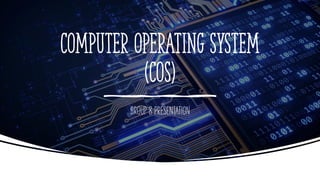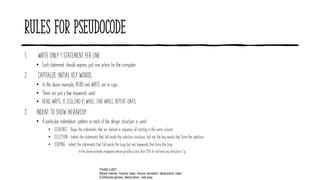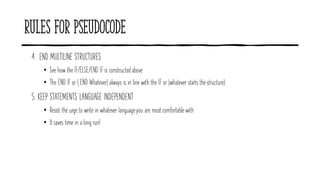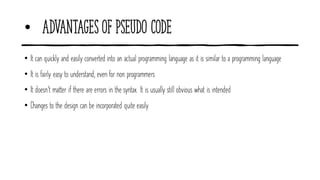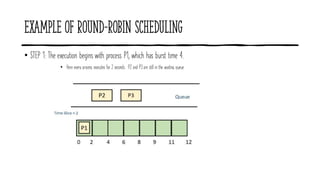The document discusses computer operating system group presentation on process scheduling. It provides an overview of process scheduling concepts like queues, algorithms, and pseudocode. As an example, it describes round-robin scheduling through an example of scheduling 3 processes and calculating their waiting times. Round-robin scheduling allows each process to execute for a time period before being preempted and re-added to the back of the ready queue.
